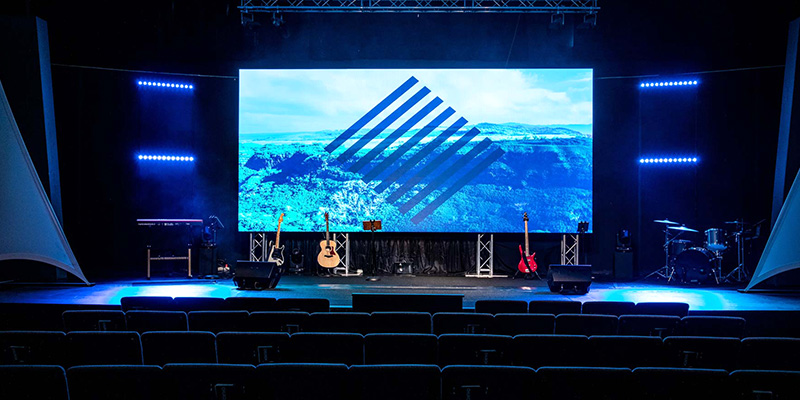The initial step in guaranteeing color precision is comprehending how LED systems works. LEDs, or light-producing diodes, generate light in various colors by mixing red, green, and blue (RGB) light. Each dot on an LED screen consists of these three colors. When calibrated properly, the mix of RGB can produce a broad range of colors. However, if one color is too bright or too dim, it can distort the whole screen. This is why calibration is necessary to balance the colors and achieve the desired visual result.
Tuning involves adjusting the configurations of the LED try this out wall to make sure that the hues displayed match the original content as nearby as possible. This process usually includes using specialized software and hardware instruments. Technicians often use color assessment devices, such as spectrophotometers, to examine the colors being shown. By comparing the measured hues to standard color standards, they can make precise modifications. This guarantees that the hues are not only lively but also consistent across the entire display.
Another important aspect of color precision is understanding the environment in which the LED screen is used. Elements such as ambient light can considerably affect how colors look. For example, a well-lit lit room may fade colors, making them look not as lively. To counteract this, technicians may modify the brightness and differentiation settings of the LED screen. Additionally, they may choose particular color profiles that are more suited for various lighting environments. This adaptability helps preserve color accuracy irrespective of the viewing surroundings.

Ultimately, regular upkeep and recalibration are crucial for maintaining an LED wall looking its best. Over time, the functionality of LEDs can alter due to factors like aging and heat fluctuations. Frequent checks and modifications can help guarantee that the colors stay correct and vibrant. By investing time in appropriate tuning and maintenance, venues can provide audiences with stunning graphic displays that enhance their total experience. Mastering color precision in LED wall tuning is not just a mechanical task; it is an art that adds to the wonder of visual narration.